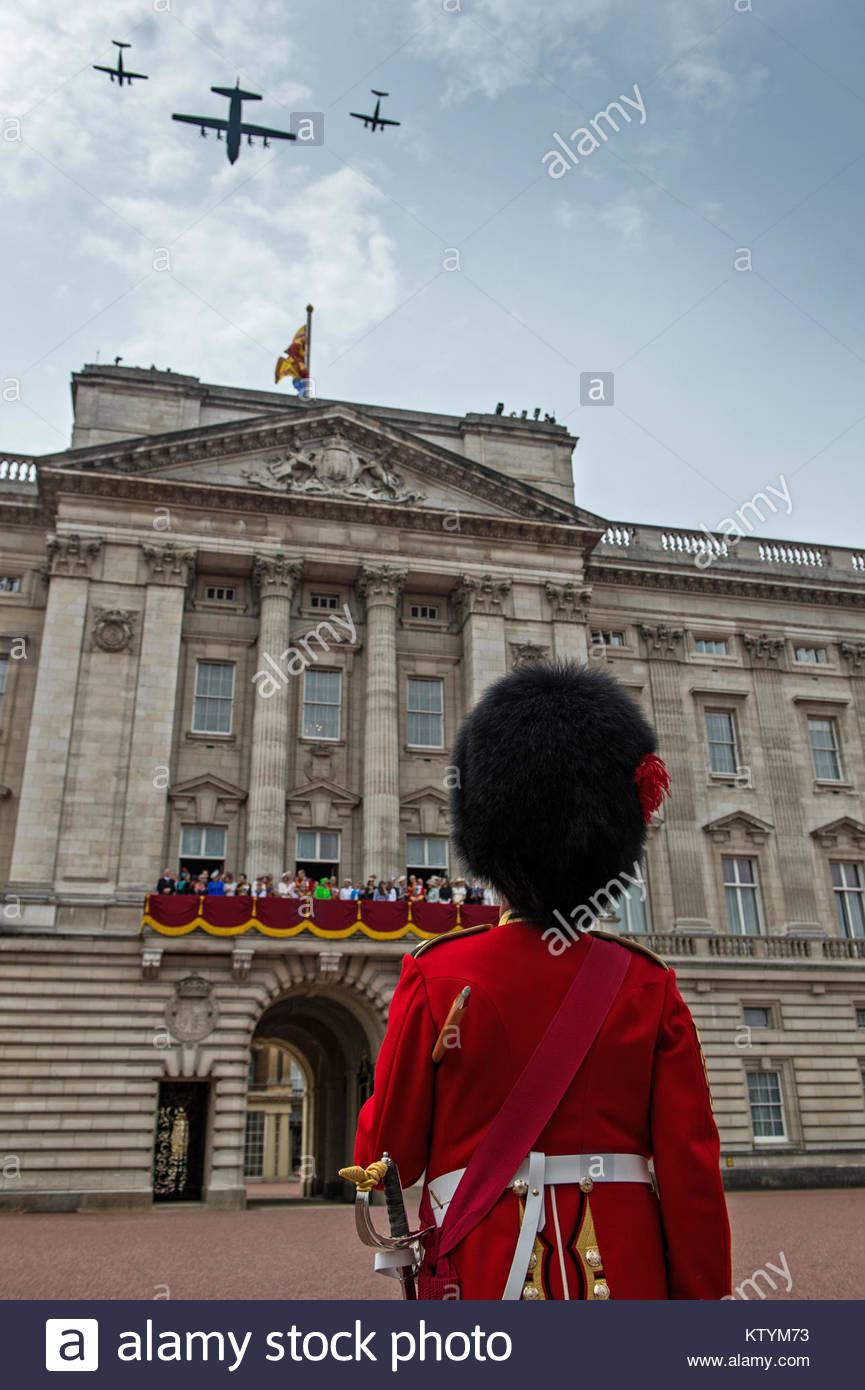
The preserved flag resting on an angle with protective lighting at the Smithsonian National Museum of American History in Washington, D.C.īoth flags that figure into the Battle of Baltimore were ordered by the fort’s commandant in the summer of 1813. In the terminology of the time, as national flags, both emblems would have been termed “ensigns” as an especially oversized version, the larger one was a “garrison flag.” In fact, before it received its more poetic moniker, Fort McHenry’s example was known as the “Great Garrison Flag.”


Given the foul weather during the bombardment, the fort instead flew its smaller storm flag, raising the massive version when the British disengaged the following morning. Perhaps most important is this: The massive relic on display in the Smithsonian National Museum of American History is NOT the flag that flew over Fort McHenry while it was under British attack.

The First American President: Setting the Precedent.


 0 kommentar(er)
0 kommentar(er)
